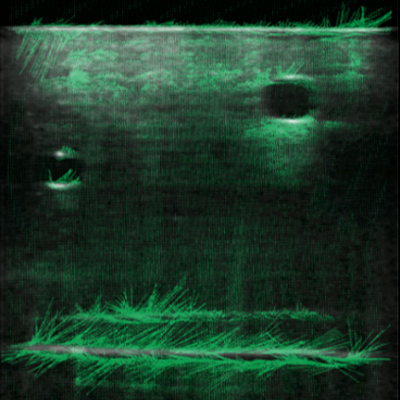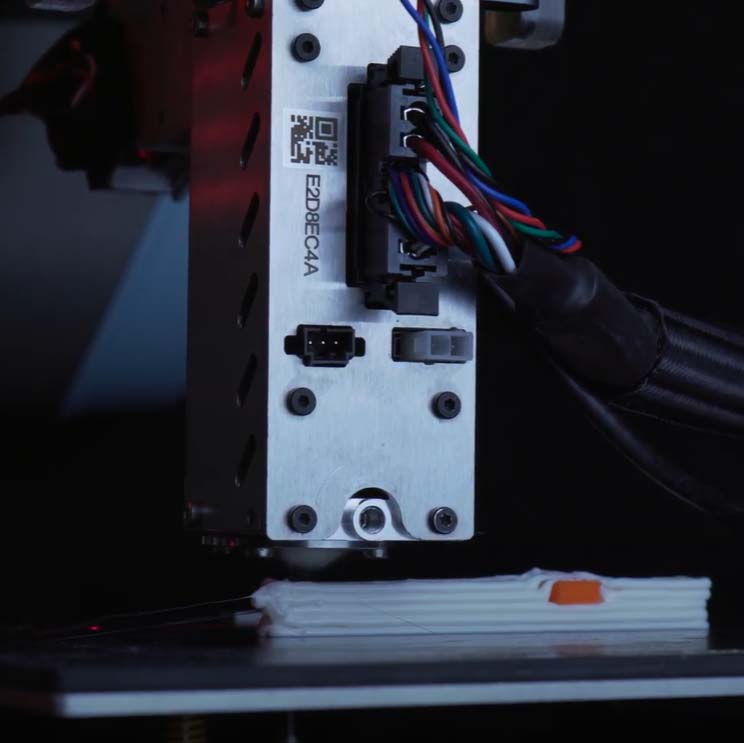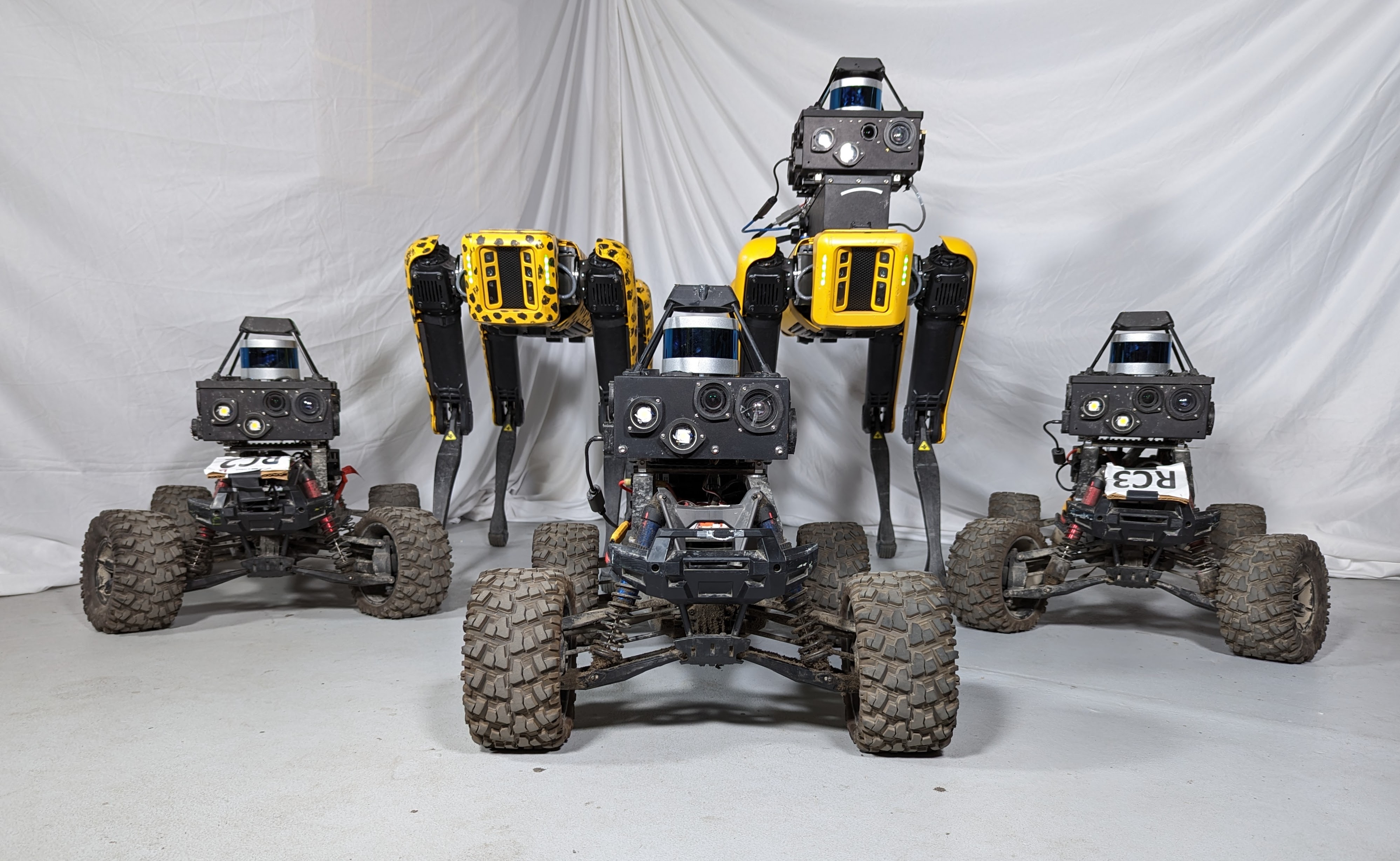Surgical Snake Robot
Progression of medical technology has brought dramatic improvements in surgical outcomes and prognosis. Recently, minimally invasive surgery has been emphasized for reducing large invasiveness of traditional surgical techniques. In particular, robotic-assisted surgery is playing an important role in minimally invasive surgery. Minimally invasive robotic surgery has been applied in the cardiothoracic, abdominal, urologic, and gynecologic fields.


In order to overcome the limitations of currently available assistive technologies for minimally invasive cardiac surgery (MICS), we develop and tested a first prototype based on an innovative approach of a highly articulated robotic probe (HARP). We hypothesize that, for procedures involving epicardial interventions on the beating heart, MICS can be effectively realized with the HARP, entering the pericardial cavity through a subxiphoid port, reaching remote intrapericardial locations on the epicardium without causing hemodynamic and electrophysiologic interference, attaching to the target surface, and delivering therapeutic interventions under the direct control of the surgeon. We strongly believe that HARP’s functionality will eventually lead to application such as multiple intrapericardial therapies (e.g. cell transplantation by intramyocardial injection, epicardial ablation, epicardial lead placement for resynchronization, etc). Our broad, long-term objective is to fulfill our group’s “epicardial frontier” vision, enabling a growing portfolio of epicardial therapies by developing and testing new dedicated innovative robotic technology. We envision the adoption of HARP-based intrapericardial therapies not only by minimally invasive cardiac surgeons, but also by interventional cardiologists and electrophysiologists.
medSnake in the operating room



